Chmod Command In Linux Example
When setting permissions using the numeric style/notation, use the syntax shown below:.
.png)
Chmod command in linux example. Chmod command in Linux is used to change or assign permissions on files and directories. $ sudo chmod OPTIONS numeric_value filename. The echo command is a built-in command-line tool that prints the text or string to the standard output or redirect output to a file.
Chmod permission1_permission2_permission3 file When using chmod, you need to be aware that there are three types of Linux users that. More Information on. The weird strings you see on each file line, like drwxr-xr-x, define the permissions of the file or folder.
For example, to change file permissions of a file file1.txt, to say rw-r--r-- execute:. Below are some examples of how to use the chmod command in symbolic mode:. Learn how chmod command is used to manage Linux permission levels (user, group and other) and types (read, write and execute) step by step with practical examples.
How to Use the chmod Command in Linux Command Syntax. Do not change the permissions for the group, or for others. One example is chmod u=rwx,go=rx,o+t.
In Linux, you will often need to make use of the chmod command. For Example, if you want to give Read & Write permission to User/Owner and Read permission to Group & Others using Alphabetical way then the command would be:. Now if we use chmod, it does not allow to modify root permission # chmod -c --recursive 755 / chmod:.
Chmod -R o-w dirname. Following is a sample of ls -l command output. Control who can access files, search directories, and run scripts using the Linux’s chmod command.
This tutorial explains chmod command symbolic notation (r, w, x, a) and octal notation (0, 1, 2, 4) in detail with chmod command arguments and options. However, in most cases, 3 numbers are used. Below is a list of numerical permissions that can be set for the user, group, and everyone else on the.
The numeric value can take 3 or 4 numbers. The general syntax to recursively change the file’s permissions is as follows:. The chmod command A normal consequence of applying strict file permissions, and sometimes a nuisance, is that access rights will need to be changed for all kinds of reasons.
Use the octal CHMOD Command:. As you can see current permission on this directory is 0755. Chmod means ‘change mode’ and it changes file or directory mode bits (the way a file can be accessed).
What is chmod Linux command. Syntax umask -S maskOptions. Even, it ignores the symbolic links come across recursive directory traversal.
On Linux and other Unix-like operating systems, new files are created with a default set of permissions.Specifically, a new file's permissions may be restricted in a specific way by applying a permissions "mask" called the umask.The umask command is used to set this mask, or to show you its current value. These permissions are given to file/folder to provide a secure environment to the OS, efficient management of a file and high-level access to the users accessing the files/ folders. It stands for change mode.
In this article, you will learn how to change permissions of any file or directory with chmod command. You can do the same in symbolic mode. In Linux/Unix like operating system, the chmod command is used to change the access mode of a file.
The request is filtered by the umask. The letter a is a shortcut to assign permissions to all users. To change permission using the Linux chmod command we have to follow some syntax and rules.
You can use chmod in the command line to change file or directory permissions on unix or unix-like systems such as linux or BSD. Depending on the origin of the file to be copied, the source can either be client or server. In this tutorial, I am going through the steps to create a bash script and to make the script executable using the chmod command.
Types of permissions which we will be changing using chmod command :. There are three basic modes to files and directories:. Chmod command is useful to change permission for Files and folders in Linux/Unix.
In the example above, the permission is defined using the octal/numerical mode (755). If you want to change the permission of a directory in Linux then you need to use the same chmod command what you have used in above examples for files. The Linux command to change permissions on a file or directory is chmod, which we like to read as change file mode.
Chmod permissions file OR:. In Unix and Unix-like operating systems, chmod is the command and system call which is used to change the access permissions of file system objects (files and directories). Chmod -R a+rwx,u-x,g-wx,o-wx folder_name.
If you are new to Linux, and are looking for a way to change file/directory permissions through the command line, you'll be glad to know there exists a command - dubbed chmod - that lets you easily do this. Recursive Preserve-Root Reference File. Linux chmod command is used to change access permissions of files and directories.
In this example, we are having a directory example whose permission can be checked by using ls -lrtd example command as shown below. $ chmod a+r sample.txt Make a file readable and writable by the group and others. Setuid Setgid Sticky Bit.
Change the permissions for the owner of example.jpg so that the owner may read and write the file. Like many other Linux commands, chmod has a recursive argument, -R, which allows you to operate on a directory and its contents. For example, if you want the owner to have all the permissions and no permissions for the group and public, you need to set the permission 700 in absolute mode:.
The name is an abbreviation of change mode. Chmod -R 644 folder_name. But first let’s take a look at the syntax of scp command:.
In this tutorial, we will discuss the basics of this command as well as provide examples explaining how it can be used in various scenarios. (user) rw- = 4+2+0 = 6 (group) r -- = 4+0+0 = 4 (others)r -- = 4+0+0 = 4. Deny execute permission to everyone.
The figure below shows an example to use ls -l and its output :. To recursively operate on all files and directories under a given directory, use the chmod command with the -R, (--recursive) option. Verbose Changes Silent Default.
The chmod command is used to change the file or directory access permissions. In this file example, sets read and write permissions for user and group:. For detailed online information about the `chmod' command, enter.
To know about the access permissions of a file or directory, use the ls -l command as shown below:. Chmod stands for change mode, which changes the file or directory mode bits. The chmod command stands for change mode… and it’s used to limit access to resources….
Example chmod 751 tech chmod u=rwx, g=rx, o=x tech chmod =r tech * Please note that there are many flavors of UNIX, so if in doubt, consult your man pages. Chmod command or “change mode command”, and as that name implies, the chmod command is used to change the mode of Unix/Linux files.In other words its used to define the way a file can be accessed. The command is usually used in a bash shell or other shells to print the output from a command.
It is dangerous to operate recursively on '/' chmod:. This is illustrated in the calculation below. In Linux / Unix systems, accessibility to files and directories is determined by file ownership and permissions.
Example 1) Assign permissions using numeric notation. Chmod is a Linux command that will let you "set permissions" (aka, assign who can read/write/execute) on a file. Scp <options> source_path destination_path.
The command chmod a+rwx is equivalent to chmod ugo+rwx. Chmod go-rx ~ As you can see, a + sign used with `chmod' adds accessibility and a - sign takes it away. File/Directory permission is either Read or Write or executable for either user or group or others.
We have already described the Linux file permissions. $ chmod ug=rw /var/www/html/data.php See “how to use change user rights using chomod command” for more information. Let us take a look at above figure.
Chmod Recursive # The chmod command allows you to change the permissions of files using symbolic or numeric mode. The syntax and the usage of scp command is similar to the cp command and you’ll see it shortly in these scp command examples. It is used to change the permission for files and folders.
Every file in the Linux / macOS Operating Systems (and UNIX systems in general) has 3 permissions:. Vijay Bhaskar 10/10/12 1 Comments Chmod (change mode) is one of the most frequently used commands in unix or linux operating system. Linux chmod command is used to change the access permissions of files and directories.
The chmod command is used to define or change permissioins or modes on files and limit access to only those who are allowed access… It changes the mode of each FILE to MODE…. In linux terminal, to see all the permissions to different files, type ls -l command which lists the files in the working directory in long format. Chmod command is used to change access permission of files and directories in Linux operating systems.chmod stands for change mode.Access permissions specify whether a user account or group can read, write, or execute a given file and directory.
This command modifies Linux file permissions, which look complicated at first glance but are actually pretty simple once you know how they work. On a particular directory if you have multiple sub-directories and files, the following command will assign execute permission only to all the sub-directories in the current directory (not the files in the current directory). Using chmod command is very easy if you know what permissions you have to set on a file.
Extra chmod command options. Chmod Linux command Syntax. In this quick tutorial, we will see how we can use chmod command in an Ubuntu machine to find, modify and remove user permissions from specific files which exist on the user’s file system.
Chmod octal value file-name. Chmod u+rw,g+r,o+r Filename Numerical Way :. Chmod has two operating modes:.
In a previous article, we looked at how to manage file & directory ownership using the chown command. Remove the execute permission for all users:. Let’s now delve and see different examples of chmod command.
Repulsively remove the write permission for other users:. By using this command, we can set the read, write, and execute permissions for all three of the permission groups (Owner, Group and Other) in Linux. It is also used to change special mode flags.
The chmod command in Linux/Unix is abbreviated as CH ange MOD e. It’s a same as using your mouse to right-click a file or folder and selecting the permission tabs and. To put it simply, use chmod command to change the file or directory permissions.
$ chmod u+x samplescript.sh. Several symbolic methods are equivalent;. The first 7 sets the permissions for the user, the second 7 sets the permissions for the group, and.
Last columns of owner, group, others shows individual octal values and actual bit set on file as seen by ls -l. Sudo chmod -R 755 Example The command gives read, write, and execute privileges to the owner (7) and read and execute access to everyone else (55). After that, you will be able to run it without using the sh or bash commands.
Creating a Bash File. Cron command in Linux with Examples ‘crontab’ in Linux with Examples mindepth and maxdepth in Linux find() command for limiting search to a specific directory. The command is relatively simple to use and involves using.
Give the members of the group permission to read the file, but not to write and execute it:. Echo command in Linux is one of the widely used command in day-to-day operations task. $ chmod go+rw sample.txt Make a shell script executable by the user/owner.
To use this method you have to remember below Rules and Numbers for proper use. Chmod examples using octal mode :. The first step is to create a new text file with .sh extension using the following command.
It is possible to use these features on directories of all levels and all files within those directories, individually or as a group. In this tutorial, we look at the chmod. $ chmod a-x sample.txt Allow read permission to everyone.
It can not change the permission of symbolic links. Chmod Permissions for chmod 644. Go into a folder, and run the ls -al command.
Chmod stands for “Change Mode” and is used to modify the permissions of files and directories in a Linux based system. We use the chmod command to do this, and eventually to chmod has become an almost acceptable English verb, meaning the changing of the access mode of a file. $ chmod u+X *.
A step-by-step guide with Video Tutorials, Commands, Screenshots, Questions, Discussion forums on chmod Command in Linux with Examples | LinuxHelp | chmod command means change mode.chmod is used to alter the permission of files and folders. First column shows the chmod command , second column shows how the value is calculated for the permission. OR use the symbolic CHMOD Command:.
In this, the 9 characters from 2nd to 10th position represents the permissions for the 3 types of users. # alias chmod='chmod --preserve-root' and also add this to your /etc/bashrc or individual user's .bashrc file for permanent changes.
.png)
File Permissions In Linux Unix With Example
Q Tbn 3aand9gcr2lfpzbutqythmvbwafnxvyggqfj7hnw6fhh Kcozkk8m5 V7o Usqp Cau

How To Create Write A Simple Sample Linux Shell Bash Script 5 Steps Instructables
Chmod Command In Linux Example のギャラリー

8 Linux Chmod Command Examples To Understand It The Linux Juggernaut

Understanding Linux Permissions And Chmod Usage

Lock Usb Devices With Chmod Command In Linux Tutorials

Linux Chmod Command Utility Software Computer File

Introduction To Linux File Permissions Attributes Chmod Globo Tech
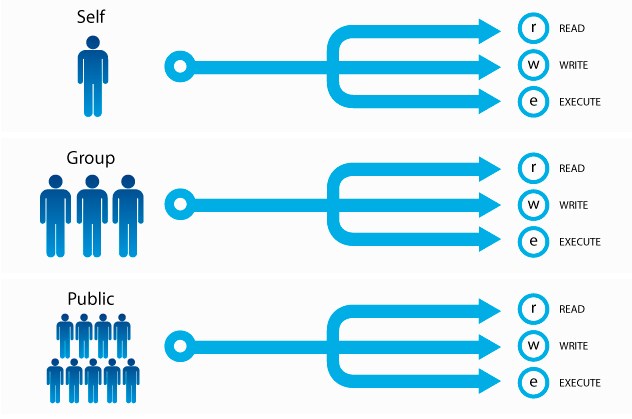
7 Examples Of Command Chmod On Linux And Explanation
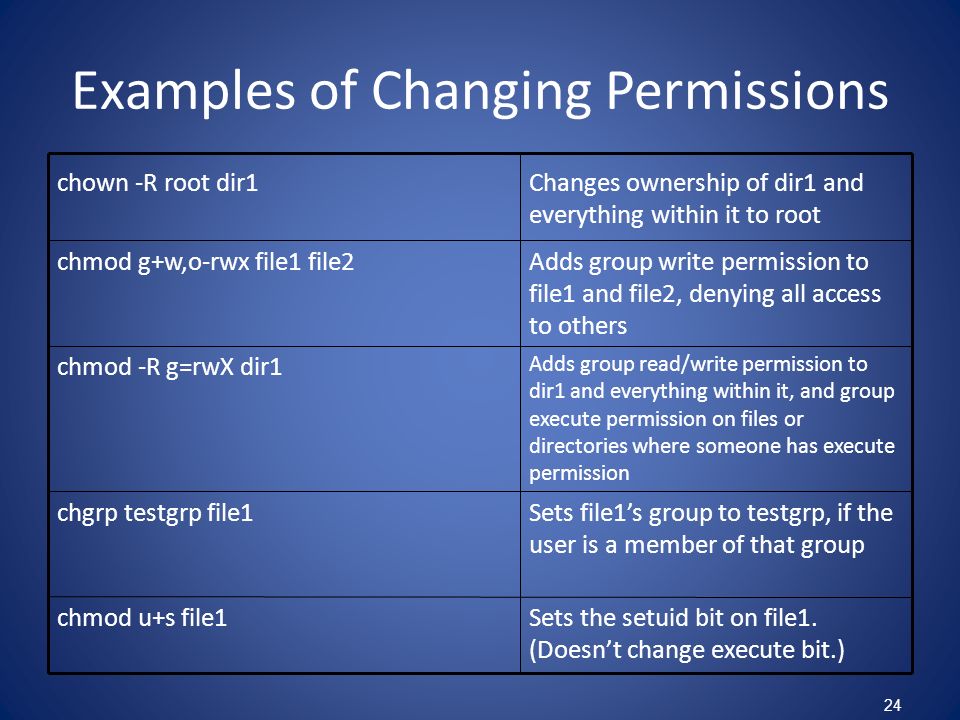
Permissions Why Use Chmod Instead Of Chmod U Rw Go R Unix Linux Stack Exchange

Chmod 777 In Terminal The Command To Make All Changes Affect Every File And Folder Ask Ubuntu

Chmod Command Examples In Unix Linux Lpi Central

Change File And Folder Permission On Ubuntu Chmod Chown Command In Linux Youtube

An Introduction To Linux File Permissions Boolean World

Chmod 777 755 655 644 And More Permissions Linux Files Tutorials
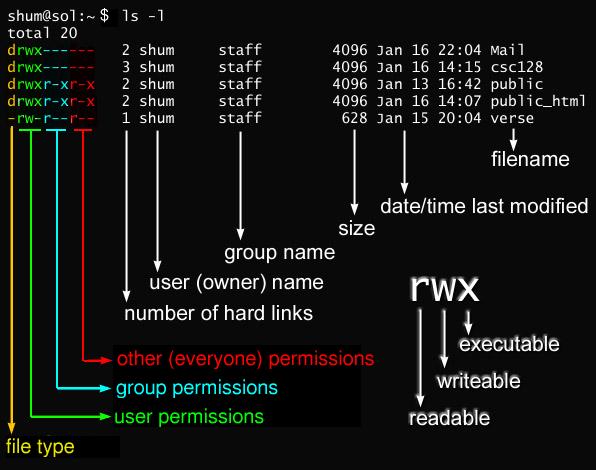
Javarevisited 10 Example Of Chmod Command In Unix Linux

How To Run Sh File In Linux How To Use Linux
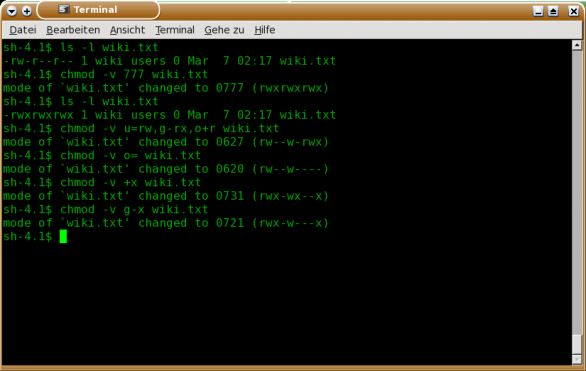
Chmod Shortcuts For Linux

Linux Chmod Command Clearly Explained Codedodle

How To Copy File Permissions And Ownership To Another File In Linux

Linux Chmod Command Help And Examples

Chmod Recursive Change Permissions Recursively On Files Folders

How To Manage Files From The Linux Terminal 11 Commands You Need To Know

How To Use Chmod Command In Linux Explained With Examples

Linux File Permission Change By Chmod Command In Linux Guide For Beginners

Linux Users And Groups Linode

Permissions In Linux Geeksforgeeks

Linux Unix Changing Permissions With Chmod Vinish Kapoor S Blog

Chmod Command In Linux With Examples Geeksforgeeks

How To Use Chmod Command In Linux Explained With Examples

How To Use The Chmod Command On Linux
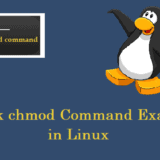
9 Quick Chmod Command Examples In Linux
/GettyImages-1021092796-ea8c63ee76f84bd5bf98c4222337fbb4.jpg)
How To Use The Chmod Command In Linux
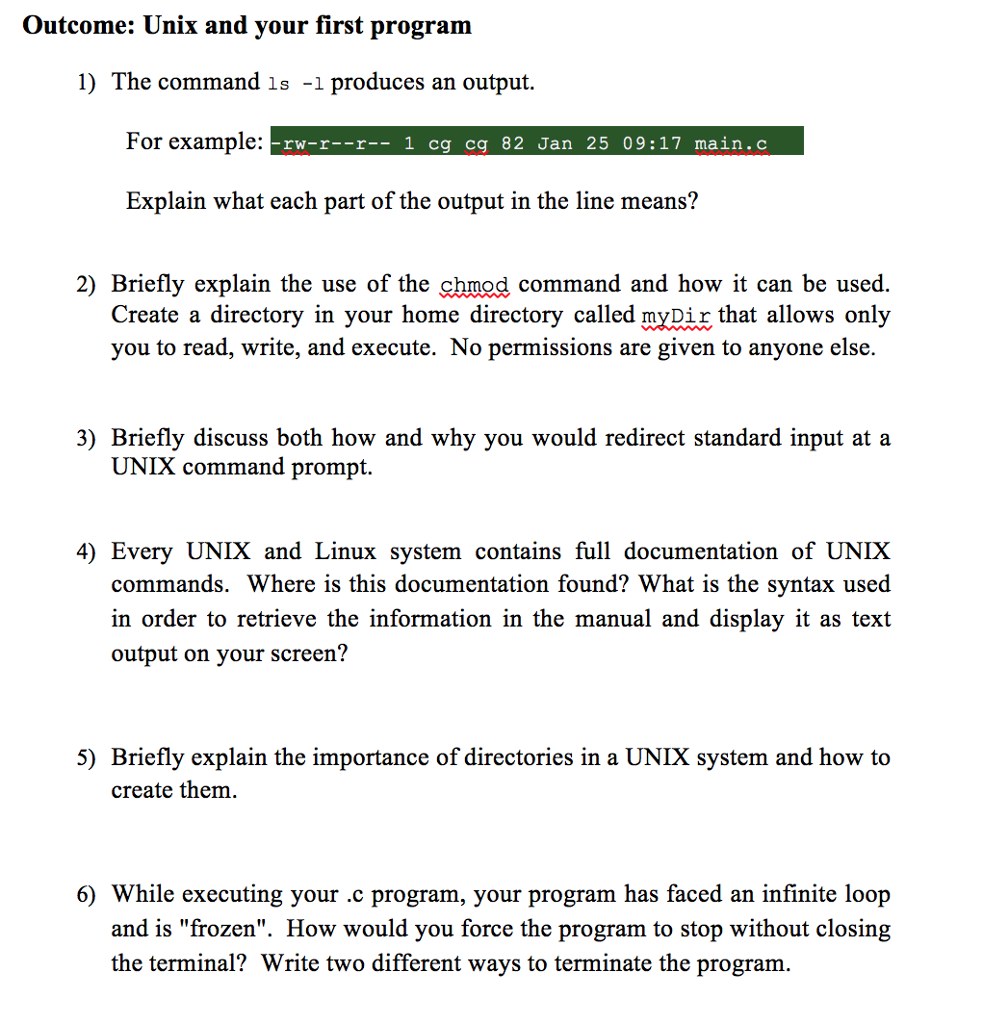
Solved Outcome Unix And Your First Program 1 The Comman Chegg Com

Chmod Command
Your Own Linux Chmod Basics Of Files Directories Permissions And Use Of Chmod

Linux Terminal File Permissions Chmod Chown And Chgrp Youtube
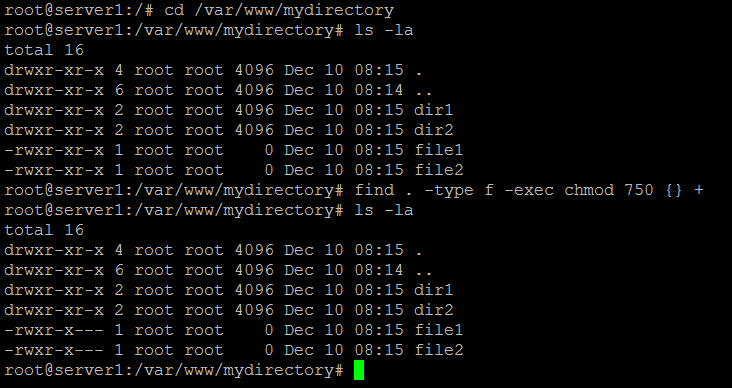
How To Chmod Files Only On Linux
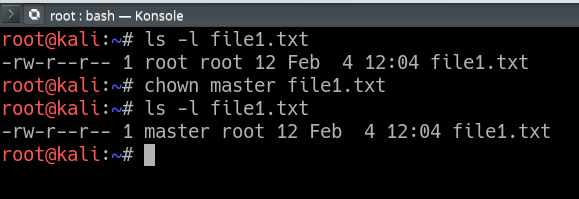
Chown Command In Linux With Examples Geeksforgeeks

Linux Chmod Command Tutorial With Examples To Change Permission Of Files And Folders Poftut
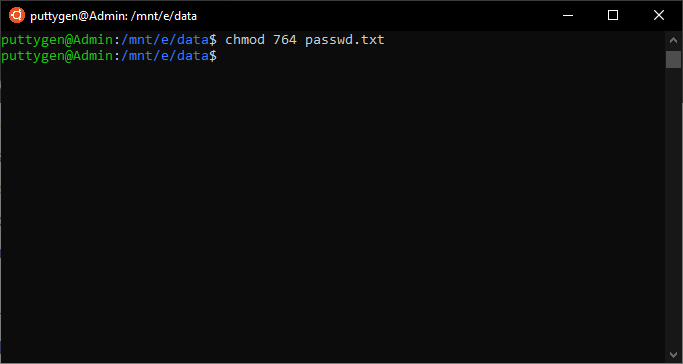
Top 50 Linux Commands With Example

Chmod 777 What Does It Really Mean Make Tech Easier

Chmod Recursive Change Permissions Recursively On Files Folders

9 Quick Chmod Command Examples In Linux Summary Networks

Umask Wikipedia

Introduction To Linux File Permissions Attributes Chmod Globo Tech

Linux File Permissions Complete Guide Devconnected

Modify File Permissions With Chmod Linode

The Basics Of The Chmod Command Pi My Life Up

How To Use The Chmod Command On Ubuntu 16 04 18 04 With Examples Website For Students

How To Use Chmod Command In Linux Explained With Examples

Chmod Recursive Change Permissions Recursively On Files Folders

Workbook 4 File Ownerships And Permissions Ppt Video Online Download

Basic Commands In Kali Linux Learn Penetration Testing

Chown Command In Linux With Examples Geeksforgeeks

Chmod Calculator Chmod Generator Chmod Command
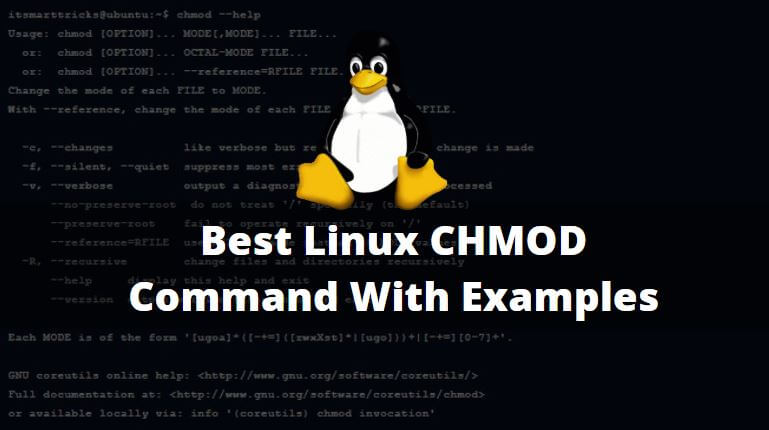
Best Linux Chmod Command With Examples It Smart Tricks

Chmod Command In Unix Unix File Permissions Chmod With Examples Chwn Command Chgrp Command Unmask

How To Use Chmod Command In Linux Explained With Examples
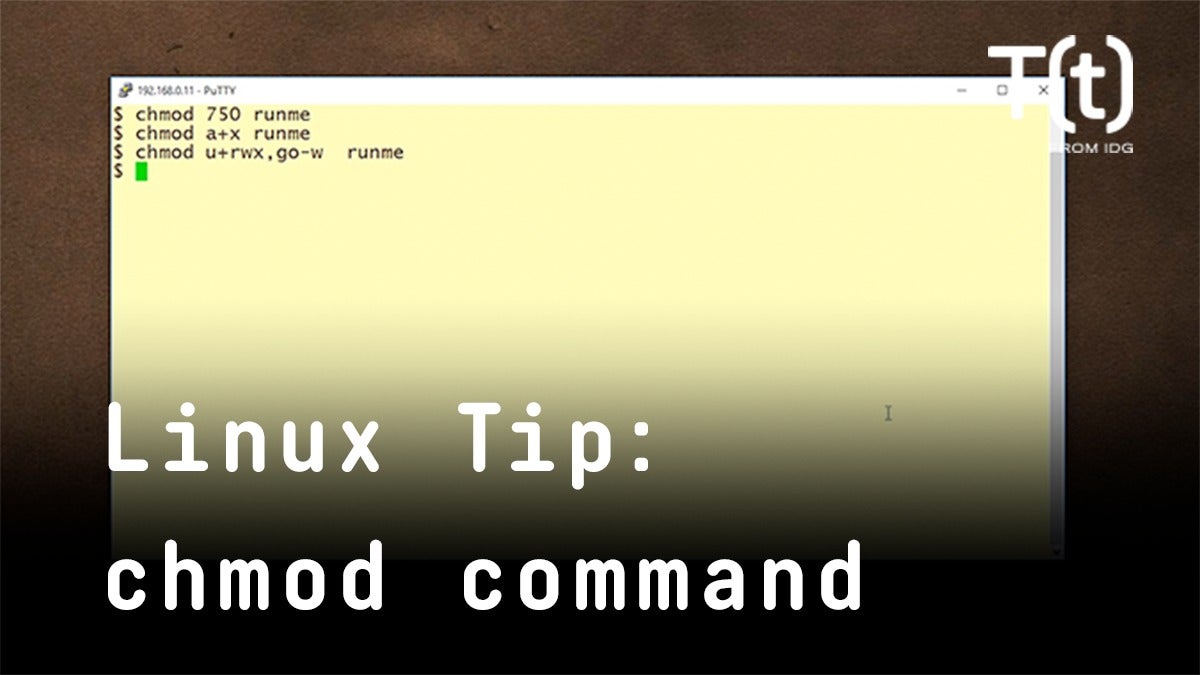
How To Use The Chmod Command 2 Minute Linux Tips Network World
Q Tbn 3aand9gcq1nsq3kxri7ryrifobs2rfobawbv4hezfw9 Ldf4feblahyn09 Usqp Cau

How To Use Chmod And Chown Command Nixcraft

Learning The Shell Lesson 9 Permissions

Your Own Linux Chmod Basics Of Files Directories Permissions And Use Of Chmod
.png)
File Permissions In Linux Unix With Example

Linux Chmod Command Linuxfordevices
.png)
File Permissions In Linux Unix With Example

Linux Chmod Chown Syntax And Chmod Chown Examples

Permissions In Linux Geeksforgeeks

Chmod Command In Linux With Examples Geeksforgeeks

Chmod 777 Or 755 Learn To Use Chmod Command With Examples

Chmod Command In Unix Learn Unix Online Fresh2refresh Com

Chmod Wikipedia

How To Get And Install Linux Games Full Tutorial A K A Everything You Wanted To Know About Linux Games
Q Tbn 3aand9gcq2oq90gyu7qjtwwppsiodhgqotjbz3awrstnhczkm6hwgdiahx Usqp Cau

Use Of Chmod Command In Linux Devopsdex

Linux Chmod Example Linux Hint

8 Linux Chmod Command Examples To Understand It The Linux Juggernaut

Chmod Command In Linux File Permissions Linuxize

Use Of Chmod Command In Linux Devopsdex
:max_bytes(150000):strip_icc()/i7guGwCYcn-34e068e148ae4e918b29c86cd2d5740e.png)
Configuring Unix Linux File And Directory Access Rights
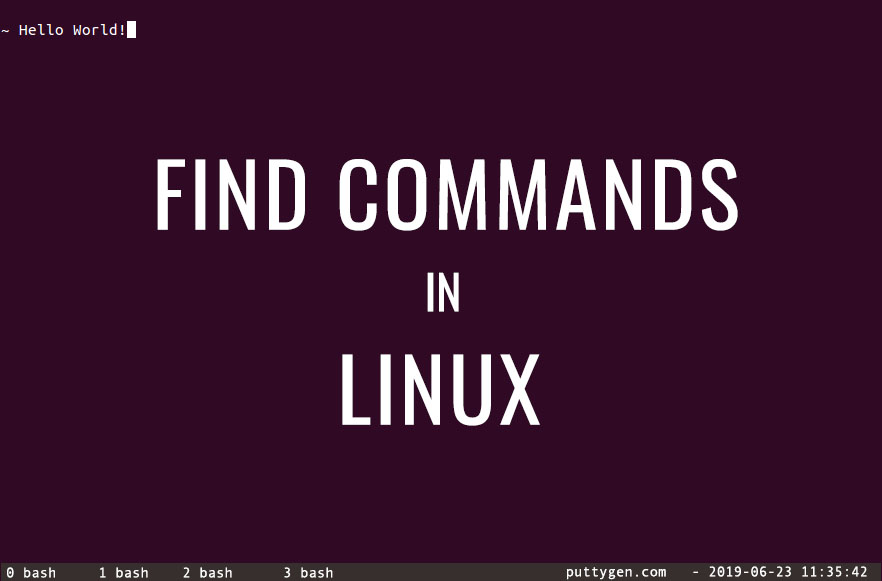
30 Find Command In Linux With Examples
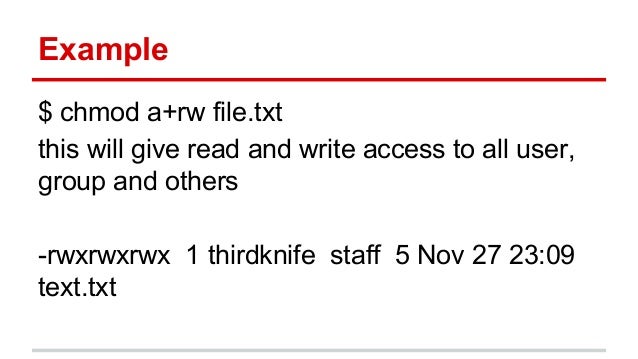
Give Write Access Chmod Command
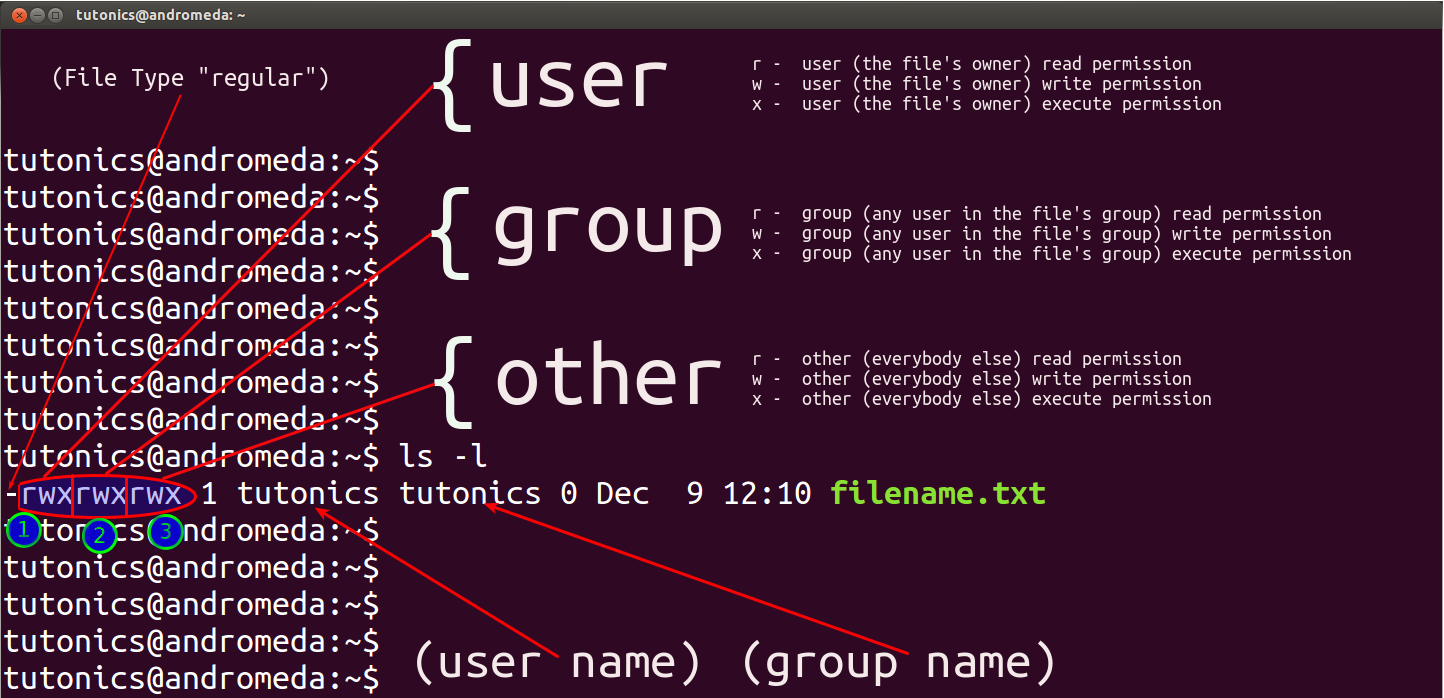
Write Access Chmod Unix

Linux Ftp Command Examples

Linux Chmod Command Linuxfordevices
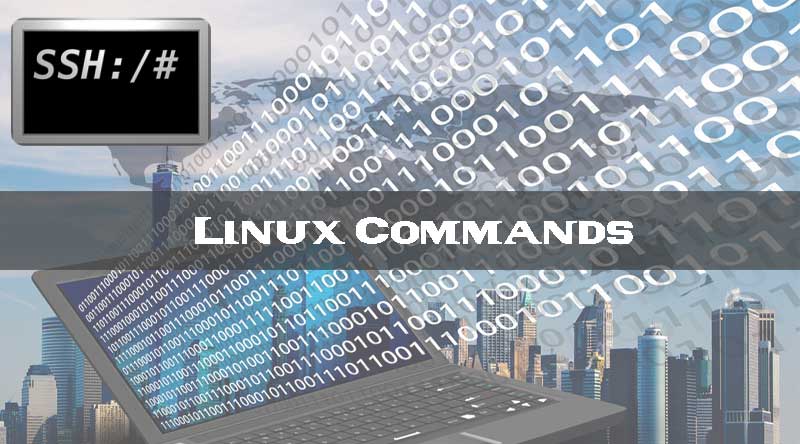
Linux And Unix Chmod Command Tutorial And Examples Xsofthost

Best Linux Chmod Command With Examples

Ownership And Permissions

How To Use Chmod And Chown Command In Linux

How To Use Chmod Command In Linux Explained With Examples

Linux File Permissions Tutorial How To View And Change Permission

Chmod Recursive Change Permissions Recursively On Files Folders

Linux File Permission Javatpoint
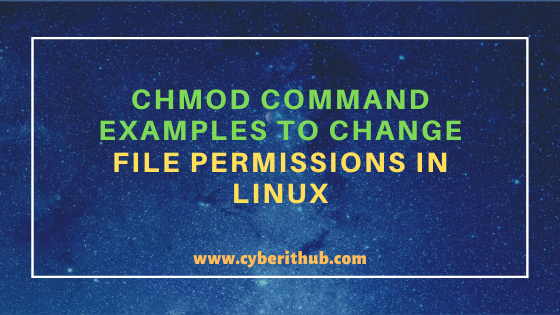
11 Popular Unix Linux Chmod Command Examples To Change File Permissions Cyberithub
Playing With Linux And Sql Chmod Command Usage And Example

Restore Executable Permission To Chmod Command In Linux Ostechnix

How To Change File Permissions Recursively With Chmod In Linux
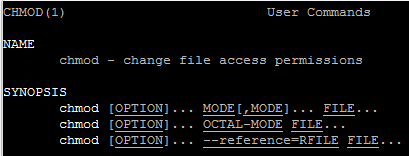
Chmod Command In Linux Alien Coders
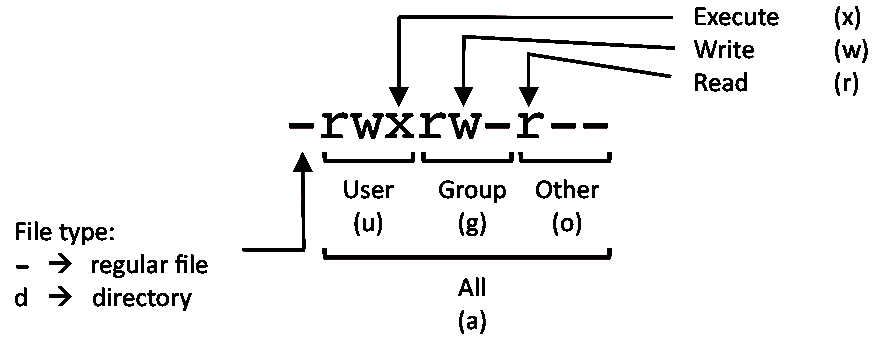
Linux Commands Cheat Sheet Linux Training Academy

Pin By Dr Stefan Gruenwald On Cheatsheets Computer Science Programming Learn Javascript Linux Operating System
1

Explained How To Use Chmod Command Complete Guide Youtube

How To Use The Chmod Command On Linux



